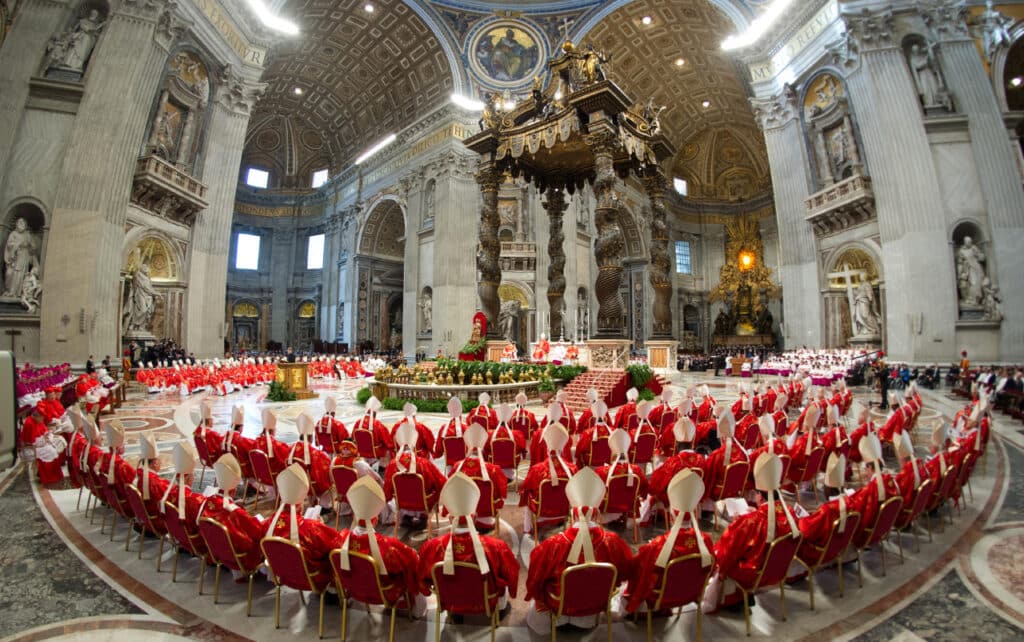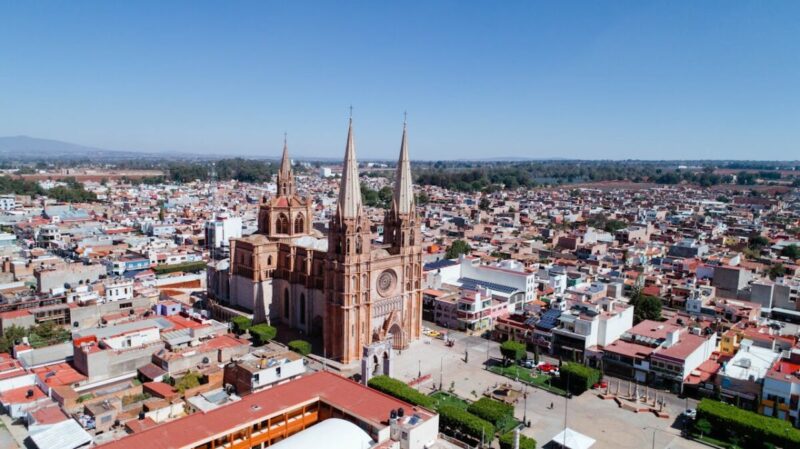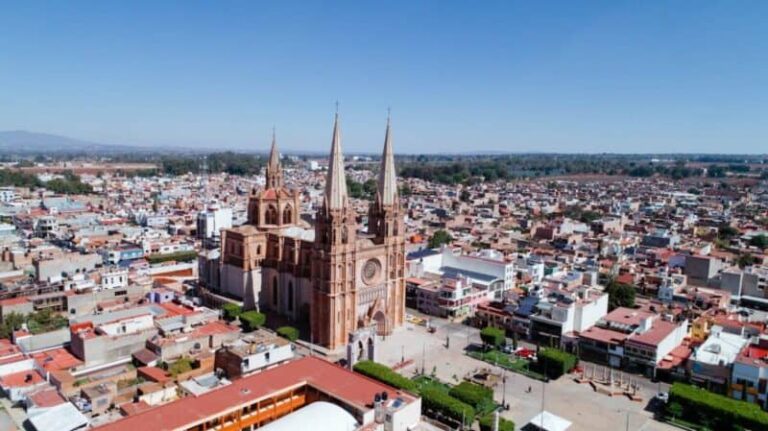Saint Robert Bellarmine 16C Jesuit
Saint Robert Bellarmine was born on October 4, 1542, and he died on September 17, 1621. He was an Italian Jesuit and a cardinal of the Catholic Church. Saint Robert Bellarmine was canonized a saint in 1930 and named one of the 38 Doctors of the Catholic Church. He was one of the most important figures in the Counter-Reformation. Saint Robert Bellarmine knew both Galelio and Thomas Hobbes. Bellarmine was a professor of theology and the rector of the Roman College, and in 1602 became Archbishop of Capua. Can you name all the doctors of the church?
Saint Robert Bellarmine Biography

Saint Robert Bellarmine was born in Montepulciano, the son of noble but poor parents. His mother, Cinzia Cervini, was the sister of Pope Marcellus II. As a youngster, he knew Virgil by heart and composed several poems in Latin. Bellarmine entered the Roman Jesuit novitiate in 1560, remaining in Rome for three years. He was then sent to a Jesuit house at Mondovì, in Piedmont, where he learned Greek. While at Mondovì, he came to the attention of Francesco Adorno, the local Jesuit provincial superior, who sent him to the University of Padua.
Saint Robert Bellarmine’s systematic studies of theology began at Padua in 1568, where his teachers were adherents of Thomism. In 1569, he was sent to finish his studies at the University of Leuven in Brabant. There, he was ordained and obtained a reputations as both a professor and a preacher. He was the first Jesuit to teach at the university, where the subject of his course was the Summa Theologica of Thomas Aquinas.
Pope Clement VIII said of him, “The Church of God had not his equal in learning.” Saint Robert Bellarmine was made rector of the Roman College in 1592, examiner of bishops in 1598, and cardinal in 1599. Immediately after he was appointed Cardinal, Pope Clement made him a Cardinal Inquisitor, and he served as one of the judges at the trial of Giordano Bruno, and concurred in the decision which condemned Bruno to be burned at the stake as a heretic.
In 1602, he was made archbishop of Capua. He had written against bishops failing to reside in their dioceses. As bishop, he used the decrees of the Council of Trent. He received some votes in the 1605 conclaves which elected Pope Leo XI, Pope Paul V, and in 1621 when Pope Gregory XV was elected, but his being a Jesuit counted against him in the judgment of many of the cardinals. Thomas Hobbes saw Bellarmine in Rome at a service on All Saints Day 1614, and described him as “a little lean old man” who lived “more retired.”
In 1616, on the orders of Paul V, Saint Robert Bellarmine summoned Galileo, notified him of the decree of the Congregation of the Index condemning the Copernican doctrine of the mobility of the Earth and the immobility of the Sun, and ordered him to abandon it. Galileo agreed to do so. When Galileo later complained of rumours that he had been forced to abjure and do penance, Bellarmine wrote out a certificate denying the rumours, stating that Galileo had merely been notified of the decree and informed that, as a consequence of it, the Copernican doctrine could not be “defended or held.”
Conclusion
Saint Robert Bellarmine retired to Sant’Andrea degli Scozzesi, the Jesuit college of Saint Andrew in Rome. He died on September 17, 1621, at age 78. He was buried in the Church of St. Ignatius in Rome. Bellarmine’s books bear the stamp of their period, but the effort for literary elegance (so-called “maraviglia”) had given place to a desire to pile up as much material as possible, to embrace the whole field of human knowledge, and incorporate it into theology.







